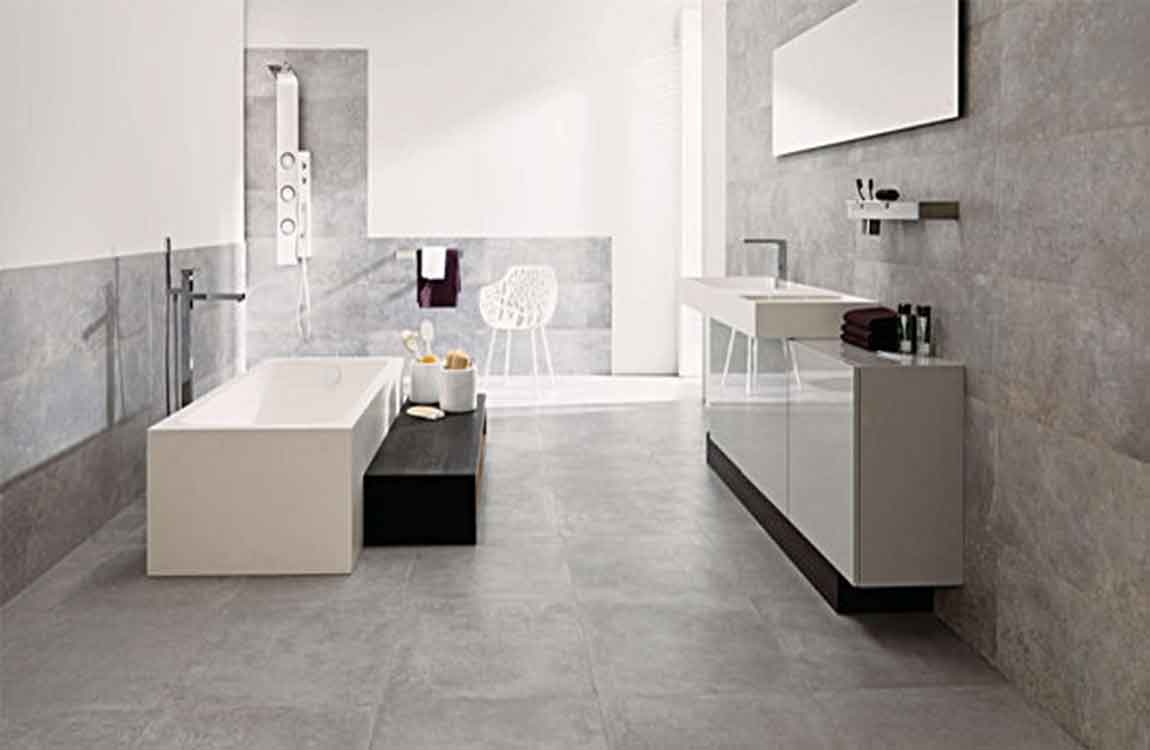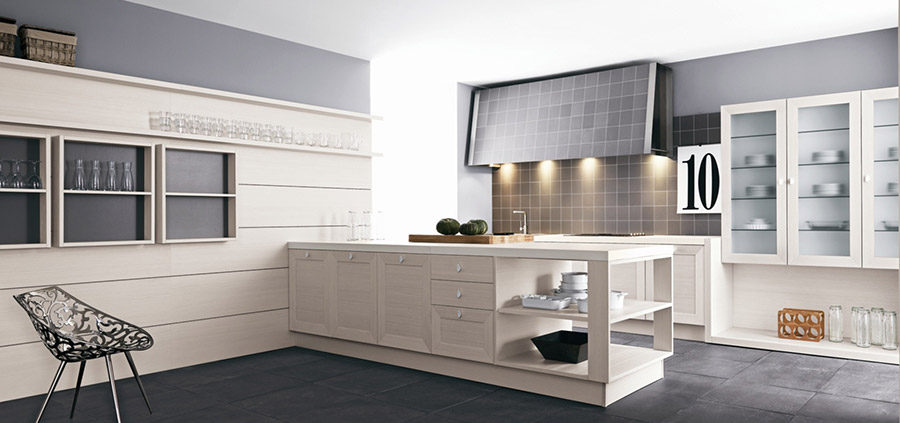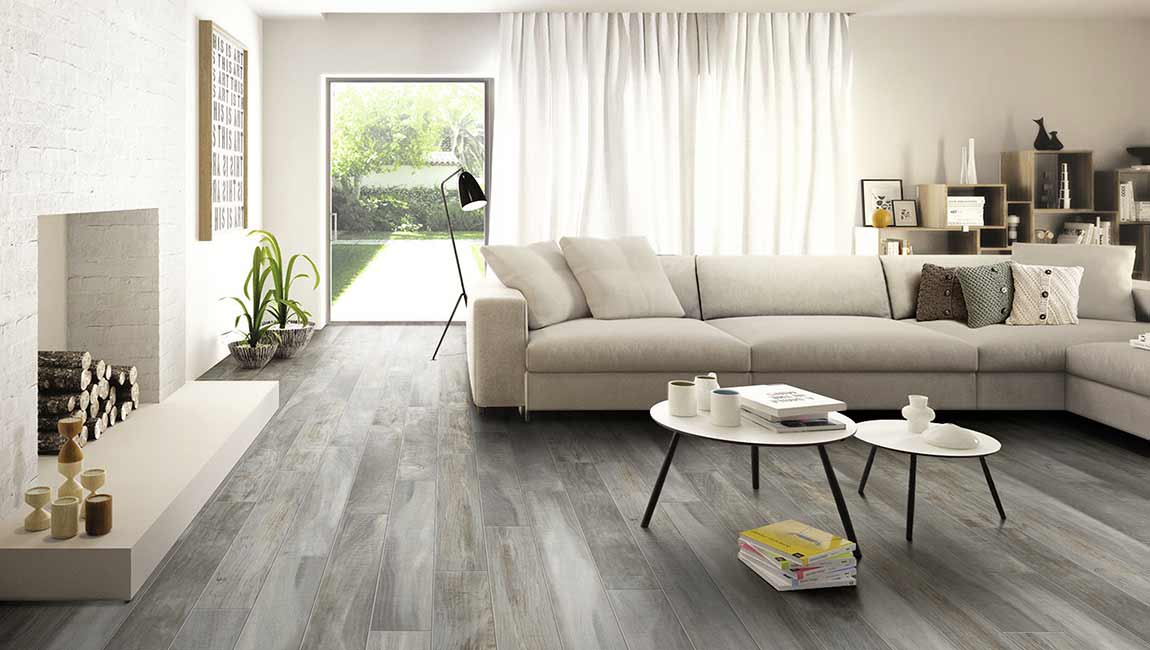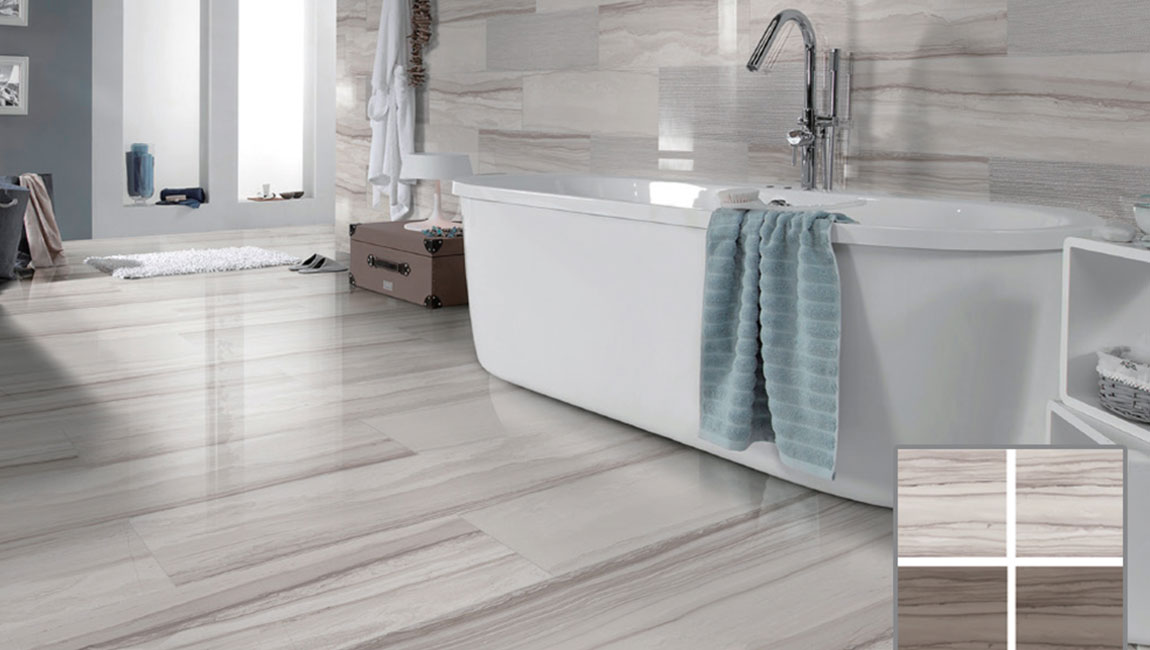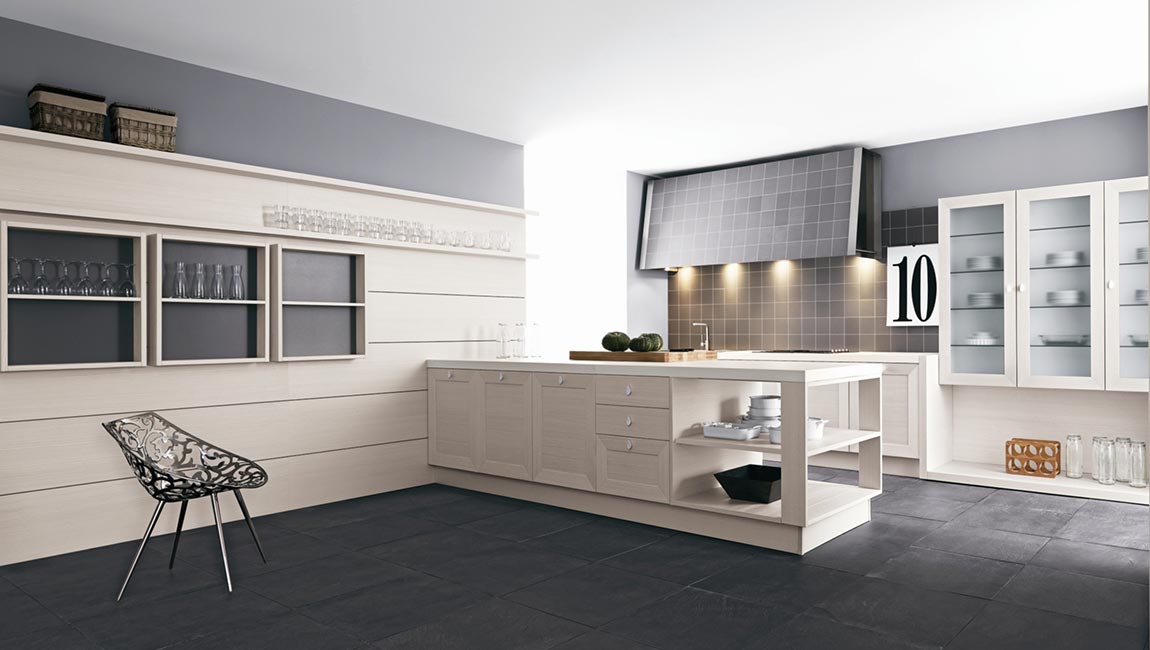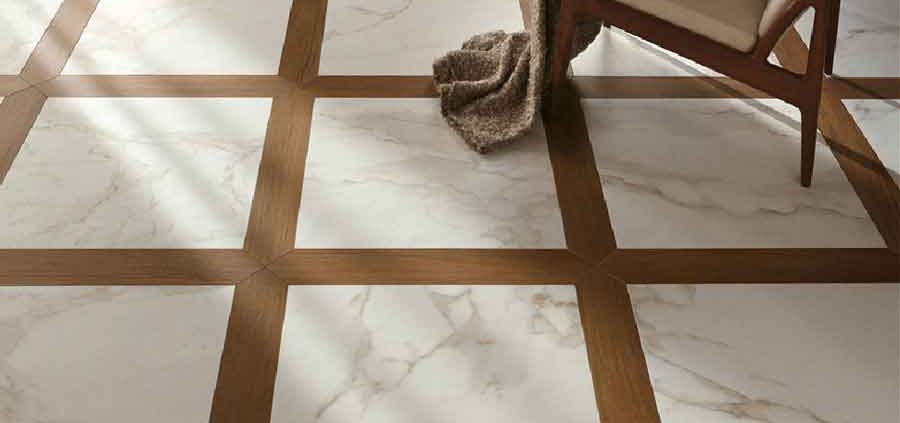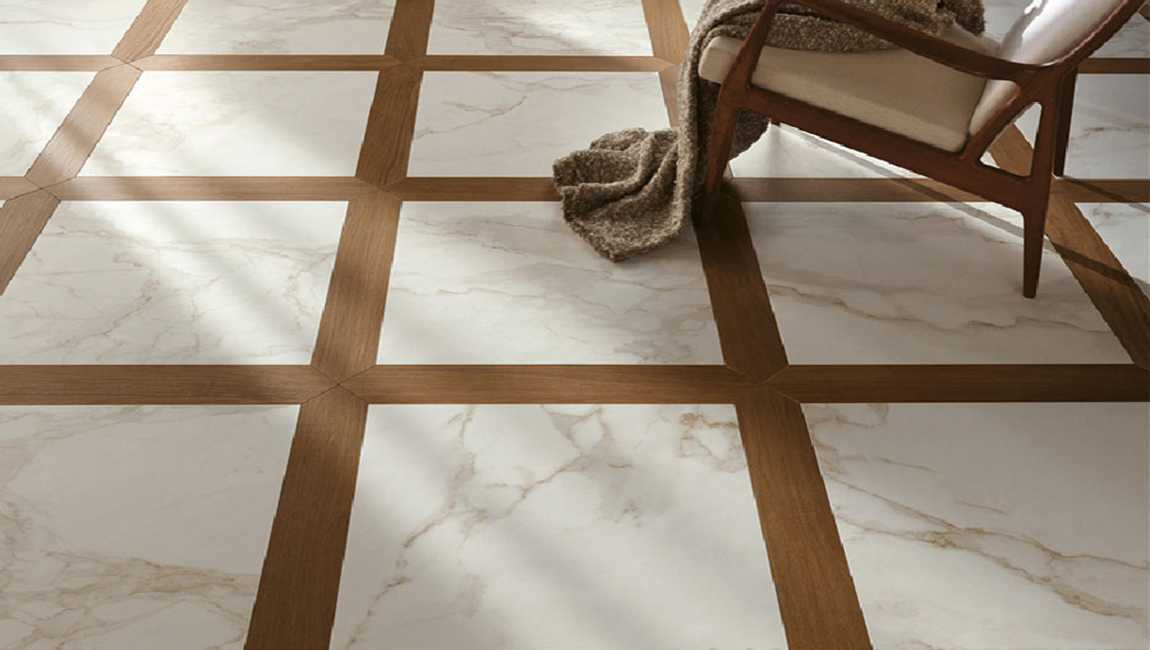How to Cut Tile Backsplash?
Installing a tile backsplash yourself is a great way to save money while getting the exact look you want. There is more to installing backsplashes than just arranging tiles, however; you have to measure and cut the tiles so that they fit properly. If the backsplash is already installed, you may still be able to cut holes into it for new fixtures, as long as you use the proper tools.
Use tile nippers for small tiles. Tiles that are smaller than 1 or 2 inches (2.5 or 5.1 cm) may be difficult to cut on a score-and-snap tile cutter. Not only could you hurt yourself, but you could break the tile. Instead, use a pair of tile nippers to pinch the tile where you need to break it. You can use tile nippers on larger tiles to “cut” curves.
Use a wet saw to notch tiles, if needed. Sometimes, the corner of a cabinet or outlet cover will extend into your backsplash tiles. Measure the corner, then trace it onto the tile with a pencil or marker. Place the tile onto the sliding table of the wet saw. Gently guide the tile into the saw to make the first cut. Pull the tile back, then create the second cut. Use a tile nipper to break off the piece between the 2 cuts.
Install the tile sheet using your preferred tile cement. Spread the tile cement across the backsplash area, then press the tile sheet into place. If you cut your tile sheet smaller, arrange it so that the gaps caused by the size difference are along the top edge, where the cabinets are. If there is a gap along 1 of the side edges, position the sheet so that the gap is in a corner.
Measure the excess tiles against the gaps. You should still have some tile sheeting left over from when you cut the tile sheet down. Take these excess tiles, and measure them against the gaps. If you need to, mark the back of each time with a pencil or marker to figure out how much you need to trim.


